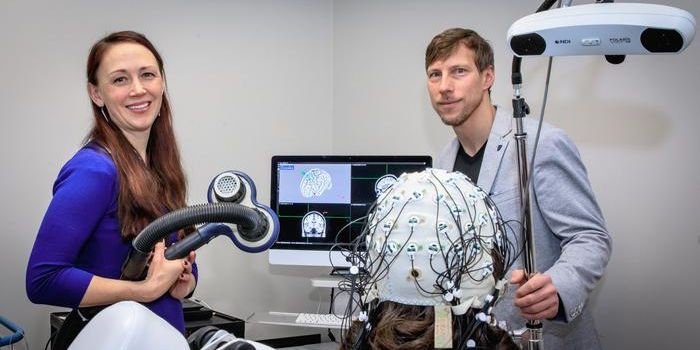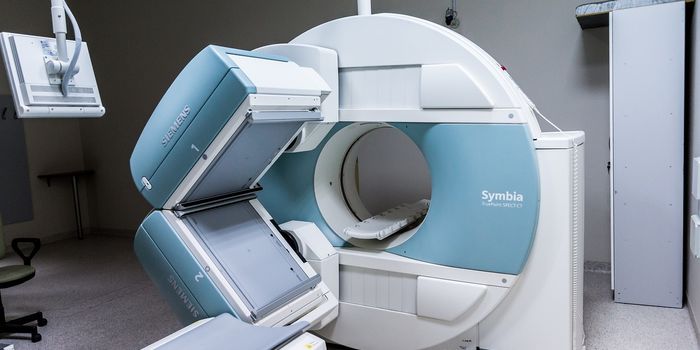The human brain may not look like much, composed of about three pounds of soft mushy matter. But we all know that our brain is the most intricate organic computer with power that’s unparalleled by any other manmade machine. Despite this extraordinary power though, the brain is quite a fragile organ susceptible to a variety of diseases and traumas. Because of its fragility, injuries to the brain can carry a permanence, affecting cognition that may have taken a lifetime to acquire.
Instead of lamenting the brain’s inability to self-renew, researchers at the
Research Unit Sensory Biology and Organogenesis at Helmholtz Zentrum München are taking a new approach. They want to repair damages to the brain cells, and they want to do so with light!
Led by Dr. Hernán López-Schier, the team reported to have
succeeded in using optogenetics to promote the repair of an injured neural circuit. The team focused on a messenger molecular called cyclic adenosine monophosphate (cAMP) that’s known to promote axonal regrowth. Adenylyl cyclase is the enzyme responsible for producing the cAMP molecule.
To increase the levels of cAMP and thus axon repair, the researchers looked to increase adenylyl cyclase. They used a special version of this enzyme from the soil bacterium Beggiatoa that’s modified to activate upon exposure to blue light. This allowed the researchers to systematically increase cAMP levels in cells that expressed the modified blue light activated enzyme.
The team tested their optogenetics work in a zebrafish larvae model that was genetically modified to express the photo-sensitive adenylyl cyclase. The control line did not express the modified enzyme. Additionally, the zebrafish larvae also had interrupted sensory lateralis nerves that mimicked neuronal damage. In this live vertebrate system, they reported increased repair of the severed nerves that expressed the modified light-sensitive enzymes with the stimulation of blue light.
"While untreated nerve terminals only made synapses again in five percent of the cases, about 30% did after photostimulation." - Yan Xiao, first author of study.
In addition, they noted that nearly 100% of the severed peripheral axons regenerated and re-innervated neuromasts within 3 days after sustaining the injury. In contrast, only 5% of the central axons regenerated within the same period. Though the differences in effect are not known, the researchers speculate that it central glia cells may have inhibitory effects on regeneration.
While cAMP has been known to promote axonal regrowth, this study claims to be the first one that’s combined cAMP and optogenetics to repair neurons in a living vertebrate. Other light-independent approaches to increase cAMP levels have so far been too imprecise at its targets. This study, however, has the potential to facilitate the repair of neurons in a location and time specific manner.
It’s a proof-of-principle study with desirable outcomes, but the researchers are aiming higher. "Our results are a first step. Now we would like to investigate, whether these results can be extrapolated beyond single neurons in zebrafish, to more complex neuronal circuits of higher animals,” says Dr. López-Schier, senior author.
Additional Sources:
Science Daily










